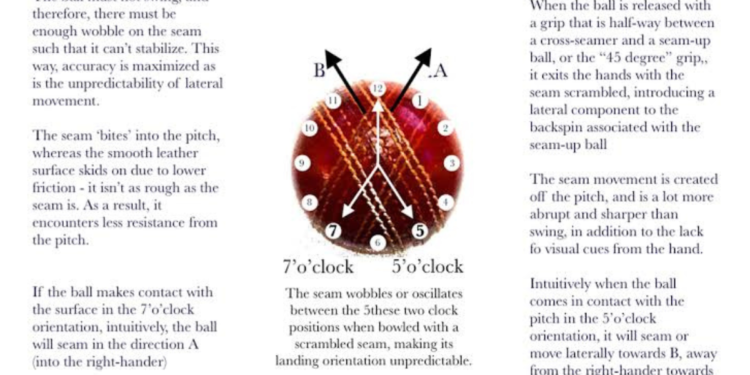Common Causes of Abdominal Pain in Cricket Players
Abdominal pain is a common complaint among cricket players, often attributed to various factors. One common cause of abdominal pain in cricket players is overexertion during intense training sessions or matches. The repetitive swinging, running, and bending motions involved in playing cricket can put a significant strain on the abdominal muscles, leading to discomfort and pain.
Another possible cause of abdominal pain in cricket players is poor technique or body mechanics while batting, bowling, or fielding. Incorrect form and posture can place undue stress on the abdominal muscles, resulting in soreness and pain. It is essential for cricket players to pay attention to their body mechanics and work on improving their technique to prevent unnecessary strain on the abdominal muscles.
Impact of Overexertion on Abdominal Muscles
Cricket is a demanding sport that requires quick movements, sharp reflexes, and explosive actions. Overexertion in cricket can put significant strain on the abdominal muscles, leading to discomfort and potential injury. The repetitive twisting, bending, and sudden accelerations involved in the game can cause the abdominal muscles to become fatigued, making them more susceptible to strains and tears.
When the abdominal muscles are overworked, they may become tight and sore, limiting a player’s mobility and impacting their performance on the field. Abdominal muscle strains can result in sharp pain, tenderness, swelling, and even muscle spasms, making it challenging for cricket players to continue playing at their optimal level. It is crucial for cricketers to be mindful of their training intensity and techniques to prevent overexertion and minimize the risk of abdominal muscle injuries.
Signs and Symptoms of Abdominal Muscle Strain in Cricket
Abdominal muscle strain is a common injury among cricket players, often resulting from sudden twisting or overstretching of the abdominal muscles during play. Players may experience sharp pain in the abdomen, particularly when engaging in activities that involve core movements such as bowling, batting, or fielding. The pain can range from mild discomfort to severe, making it challenging for the player to continue with their normal level of performance.
In addition to pain, cricket players with an abdominal muscle strain may also notice swelling or bruising in the affected area. This can make it painful for the player to move or bend their torso, affecting their ability to play effectively on the field. It is essential for players to pay attention to these signs and symptoms and seek proper medical attention to prevent further damage and facilitate a speedy recovery.
How to Prevent Abdominal Injuries in Cricket
To prevent abdominal injuries in cricket, it is essential for players to prioritize proper warm-up and cool-down routines before and after training sessions and matches. A thorough warm-up helps to prepare the muscles for the demands of the game, reducing the risk of strains and injuries. Incorporating dynamic stretches and exercises that target the core muscles can help improve flexibility and strength in the abdominal region, reducing the likelihood of injuries during gameplay.
Additionally, paying attention to technique and form while playing can significantly reduce the risk of abdominal injuries in cricket. Proper batting, bowling, and fielding technique can help distribute the workload across different muscle groups, preventing overexertion and strain on the abdominal muscles. Players should also listen to their bodies and not push through pain or discomfort, as this can lead to serious injuries that may require extended periods of rest and recovery.
Importance of Core Strength in Cricket
Core strength plays a crucial role in cricket as it is essential for generating power and stability in various movements involved in the game. With a strong core, players are able to transfer force effectively through their bodies, whether it’s while batting, bowling, or fielding. A well-conditioned core also helps in maintaining good posture and balance, reducing the risk of injuries related to the lower back and pelvis.
Additionally, having a strong core can improve a player’s overall performance on the field by enhancing their agility, speed, and coordination. Since cricket involves sudden and dynamic movements such as sprinting between the wickets or diving to catch a ball, a solid core provides the necessary foundation for executing these actions efficiently. By incorporating core-strengthening exercises into their training regimen, cricket players can enhance their physical capabilities and optimize their performance during matches.























